Musk ducks (indotki) are the most popular type of bird, which requires a minimum of care and gives maximum profit. These are large ducks with a wide long body and short neck, meat formations are near the beak, there is a crest on the head.
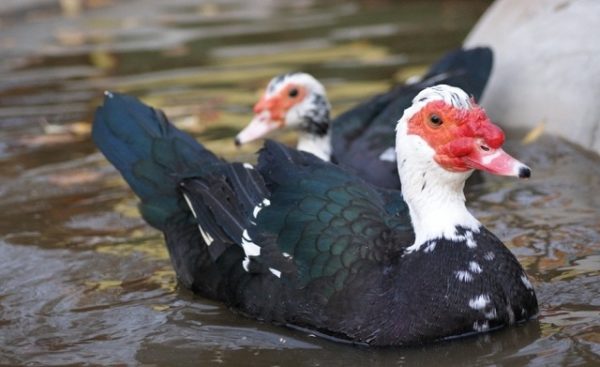
Breeding Indoor at home are practiced in almost all countries. This domestic, calm, beautiful bird does not quack, does not create an extra din, does not require special care, they do not need a pond. They have great growth and vitality. We will tell you in detail about breeding indowies at home for beginners in this article.
Content
Origin of indigenous peoples and specifics of content
The main habitat of woody wild ducks (musky ducks) is in the countries of South America and Mexico. Local residents tamed them and began to export them to other countries. They were brought to Russia at the end of the 18th century from Turkey.
The name "musky ducks" was obtained due to the allocation of wild ducks musky aroma from the head growths. In Russia, the name "indoutka" is more common, implying a hybridization of a duck and a turkey, the second option is presumably because of its origin, that is, an Indian duck.
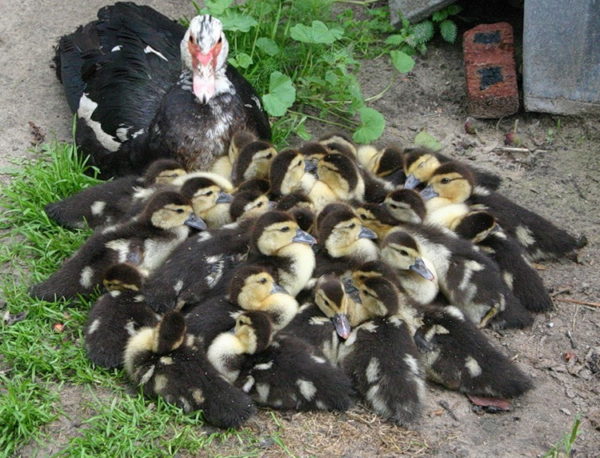
Important! Temperatures below -5 ° C are dangerous for birds. They freeze their feet or freeze, which leads to their death. Indoor women love warmth, so ponds with cold water are not suitable for them. They are more on the shore than in the water. Almost can do without a reservoir.
For their content, the main requirement:
- It is necessary to settle an indo-native 1 family or 8 ducklings per 1 m2.
- Warm, dry room without drafts and the possibility of ventilation, with access to the grass.
- The temperature in the room should be approximately 180C. From the ceiling you can hang an incandescent lamp, if it's cold, then the indo-ladies bask under it.
- It is necessary to install lighting of about 5 watts in the house.
- The floor is covered with straw or wood shavings.
- It is necessary to build a flat (due to webbed feet) perch at a height of 20 cm from the floor. It can be boards or sloping bars.
- Feeding them is quite simple, they eat everything. The main thing to remember is that sour food should be removed from the feeders and washed.
- The feeder should be long. At the rate of about 5 cm per bird, height –10 cm, width –20 cm.
- Pour water into a children's bucket and cover with a not very deep bowl, larger in diameter than the bucket. Turn over, the drinker is ready. In it, the bird will not be able to swim in the cold season.
- There should not be broken glass, nails or metal fragments in the place of walking.
- At the place of walking for the summer period, dig a recess and put a water tank there. They will bathe in it, as well as drink water.
- Ducks should be released from the house no earlier than 10 hours, so that there is no dew, and by this time the ducks leave the nests.
- It must be kept separately. They do not get along well with other birds, because of this they eat poorly.
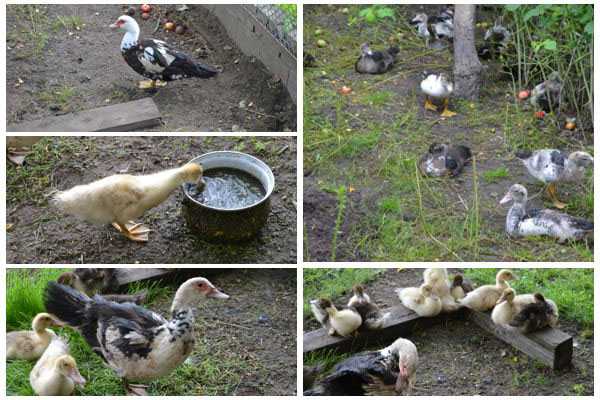
Getting offspring in the household
To breed, you must buy or leave a family from the past brood: 3 ducks and 1 drake. Create favorable conditions for living, balance their nutrition.
 You may be interested in:
You may be interested in:Hatching ducks brood
They begin to lay their eggs in the month of March, depending on the region where you live. Every morning, the duck greases and flips the eggs, preparing the clutch. When 15-20 eggs are collected in the nest, the hen sits down to hatch ducklings.

In order for the duck to sit earlier on the masonry, eggs of other ducks or other birds can be placed in the nest. Indoor women are very responsible hens. They go out literally for 5 minutes 1 time all day to eat, drink and swim. The brood hen becomes very thin and weak during the nestlings. Ducklings start to hatch on 32-35 days.
Breeding ducklings in an incubator
We select eggs indoutos for breeding. We store them for about 17 days, such eggs have an excellent percentage of hatchability. They are kept at a temperature of 150 ° C in a room where humidity must be maintained.
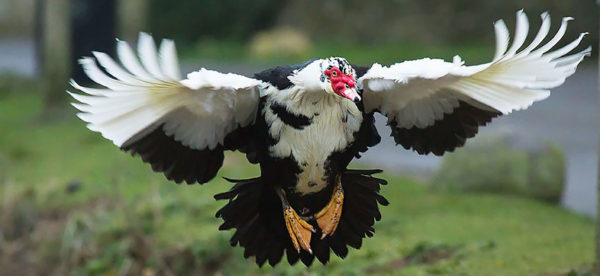
The incubator is pre-checked, adjusted and warmed up for about 4 hours. Then lay eggs, preferably in the morning.
Incubation mode
|
Indicators
Periods |
Humidity% | Dry thermometer 0FROM | Wet thermometer, 0FROM | The amount of rotation per day |
| 1 Week | 55-60 | 38 | 30 | 24 |
| 2-4 week | 40-45 | 37 | 27 | 24 |
| 5 week | 70-75 | 37 | 32 | — |
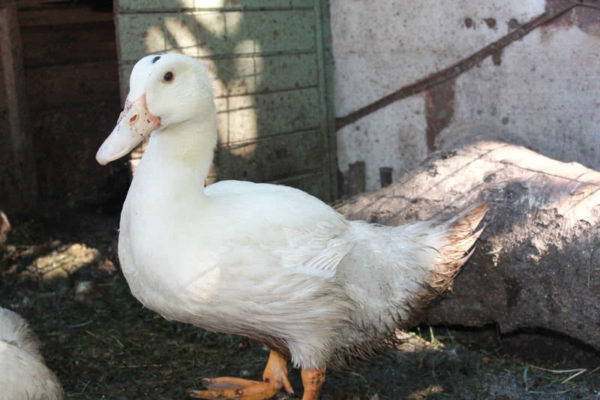
The subtleties of breeding musky ducks
Musk duck breeding is easy. However, there are some subtleties:
- For the time of hatching and raising of the chicks, the drake is isolated from the duck so that it does not crush the masonry, and subsequently the ducklings.
- The drake should be kept separately with other birds when all its ducks are occupied. During isolation from ducks, he arranges fights, due to which birds die.
- If two ducks sat on one clutch, one of them should be removed, otherwise they will steal eggs from each other.
- The first hatched chicks are taken for a while so that the duck can sit all the eggs, otherwise it can leave with ducklings, leaving the clutch.
- It is necessary to ensure that alien ducklings do not go to the brood hen. She can also leave her masonry after the ducklings.
- The duck will not sit on a new masonry until the fledged young growth is removed from it.
- Incubatory ducklings are released to adult ducks when they are fledged. During bad weather, they can be exposed to rain.
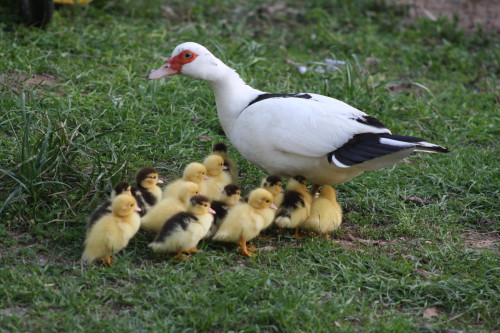
Feeding
Indochka are the most unpretentious birds. They do not need to be fed with antibiotics, the food is very cheap, since they eat everything.
If there is a pond nearby, then musky ducks can not be fed, they feed independently everything that grows. And since they are good hunters, they catch and eat frogs, small birds, snails, bugs, they love earthworms very much. The ducklings of the first days eat only moving food. Therefore, finely chopped boiled eggs and pour on ducklings from above, except for the head. Chicks collect crumbs of eggs from a neighbor from the back. The next day, they should be given gruel from grated boiled eggs with milk. But while the chicks cannot eat on their own, they should be fed. After 2 days, they begin to eat on their own.
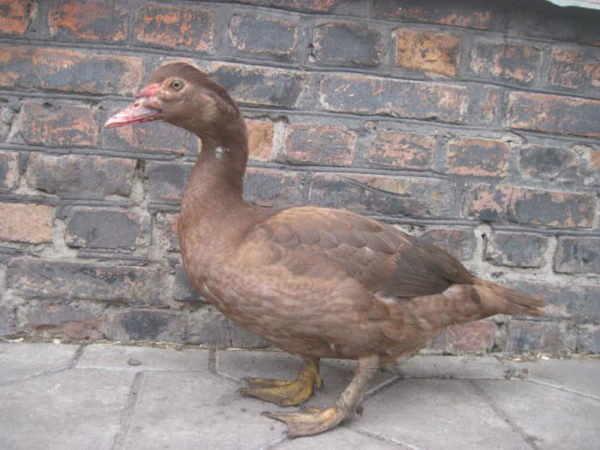
At home, it is convenient to feed an indolect vegetable. The cheapest food is grated zucchini and ground grain in a ratio of 2 to 1. The ideal feed for a balanced diet is wheat and corn gruel. There you can add more vegetables, herbs, bran, oilcake. When you have calculated to grow an indoor meat, you need to add 15% ground peas, soy or sunflower to their food. Musk ducks get very tasty, dietary, not fatty, tender meat.
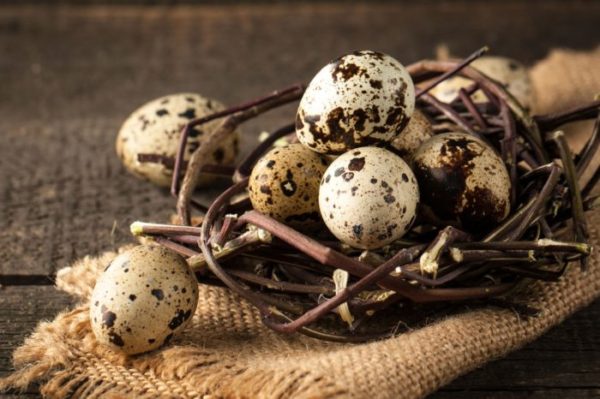 You may be interested in:
You may be interested in:Cut the wing
Indoor women are freedom-loving birds. They learn to fly very fast. Therefore, young fledged young should shorten the wing, or rather trim the feathers with ordinary large scissors. To do this, deploy the wing and cut the longest feathers to half. Adult Indians do this operation once a season.
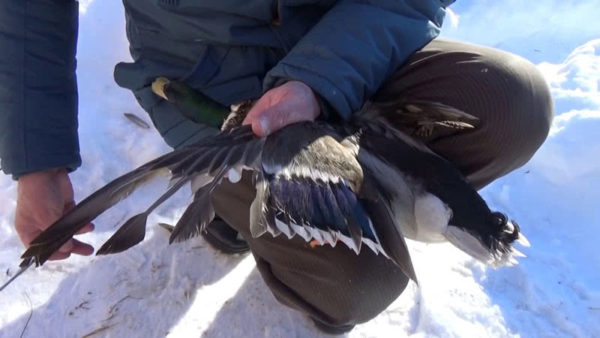
Nesting
The nest is made in the dark corner of the house or near the wall you can make several nests, it is important to separate them with a partition, you can put some kind of box or a dense cardboard box with an open entrance for the duck. The size of the nest should be at least 30 cm and at least 50 cm.
We lay straw, burlap, or cotton cloth at the bottom, making a small depression in the middle so that the eggs do not roll out. Cover with a sheet of plywood or cardboard. An indochka hisses before hatching and strengthens the nest with his down.
Breeding
In many countries, people like to breed musky duck at home, in Europe they grow it even on an industrial scale. Indochka breed much easier than other birds.
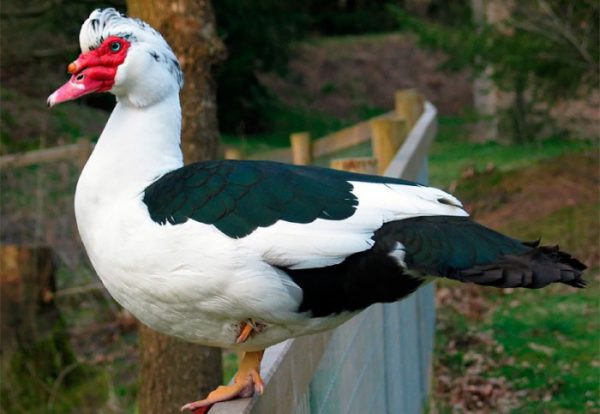
We form families
We begin to form a family when the drake is 140 days old. From 3 to 5 ducks from another family younger than the drake are attached to it for about 42 days.
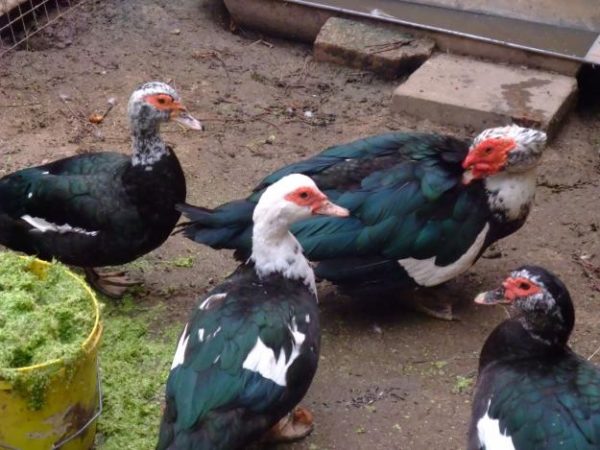
Natural breeding of ducklings
Indians begin to form their nest in the month of March. In clutch usually up to 20 eggs. The incubation period is 32-35 days. Half an hour after hatching, the ducklings are taken and transferred under a lamp. When all the chicks hatch, they are carried back to the duck. During the season, the Indians hatch up to 3 clutches.
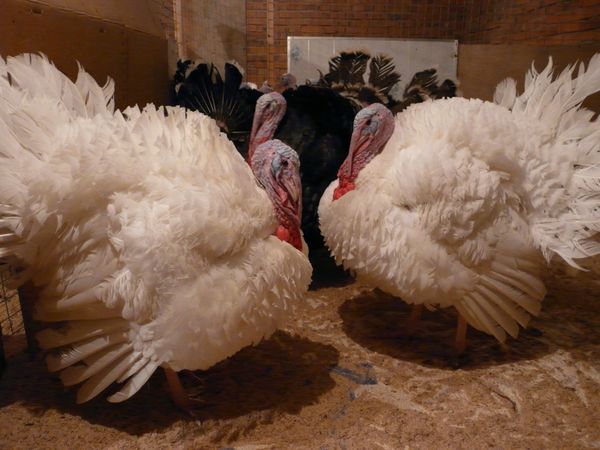 You may be interested in:
You may be interested in:Hatchery hatchery
The most effective way to breed chicks is through an incubator. During the incubation period, you should carefully monitor the temperature, humidity in the incubator at different stages, not forgetting to turn the eggs over.
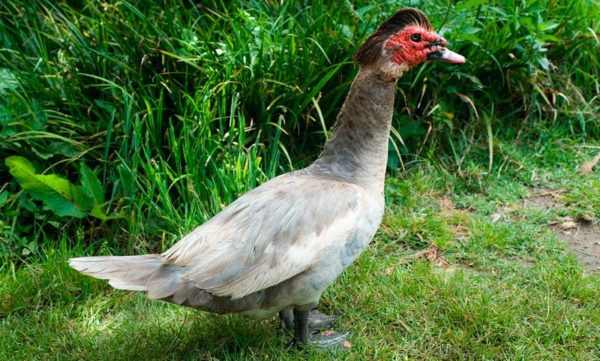
Growing chicks
From day one, incubatory ducklings are kept in a box under an infrared lamp for heating. The bottom of the box is covered with straw or sawdust, they should be changed daily. After 14 days, the ducks are separated from the drakes. To do this, consider the sexual characteristics in the duck's cesspool. After that, they can be released on a walk, but make sure that they do not swim until a month old.
From the first day of the chicks feed boiled grated egg, add milk on the second day. Then they already eat on their own and they can already add bran and greens to their food. On day 4, the diet includes waste from meat products. After 10 days, you can feed boiled potatoes. It is important to add vitamins to the water for the first 5 days.
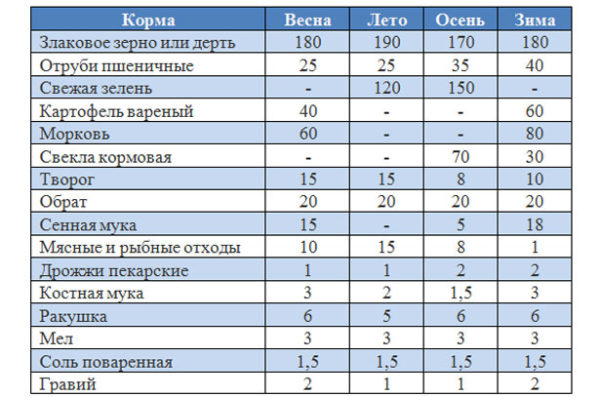
Diseases and treatment indoo
Indians have good immunity, as a rule, they do not get sick and they do not need antibiotics. But parasites and some diseases overtake them. The main thing is not to miss the development of the disease and to start treatment in time, having deposited the sick bird from the rest of the brood.
The main diseases and parasites, and the fight against them:
| View | Signs and Causes | Treatment |
| Down-eater | Pen dropping out, restless behavior | Dry feed sulfur bath with sand |
| Qatar goiter | Swollen goiter, does not eat, open beak with secretion of fluid and sour smell | Rinse with a weak soda solution with ampicillin |
| Vitamin A deficiency | Eye disease |
In the summer: carrots, pumpkin, milk. In winter: a silo with beans, beans or a vitamin A preparation |
Disease prevention is not difficult for indolets, it is necessary to regularly change the litter on the floor, wash the feeders and drinkers in a timely manner.
Advantages of growing
For beginners, it is necessary to find out whether it is beneficial to breed the musky duck before buying it.
- No special conditions are needed.
- Feeding is unpretentious and economical in the summer.
- Survive almost up to 100%.
- Gain weight quickly.
- Quiet, calm, not aggressive.
- Very tasty eggs and not fatty meat.
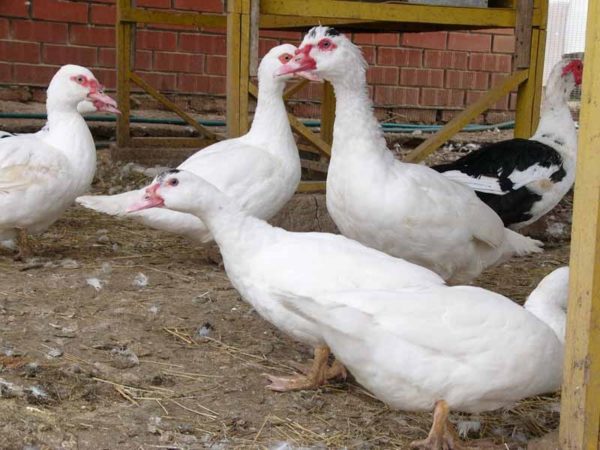
Sale of meat and eggs
This breed of duck is often bred for sale. Breeding ducks as a business at home becomes profitable only after 3 years. See the video above about this.
Dietary appetizing meat, tasty large eggs of an indochka are more expensive than meat and eggs of an ordinary bird. Sometimes demand is higher than supply. Therefore, the business must be planned with the calculation of the sale of poultry and eggs constantly.

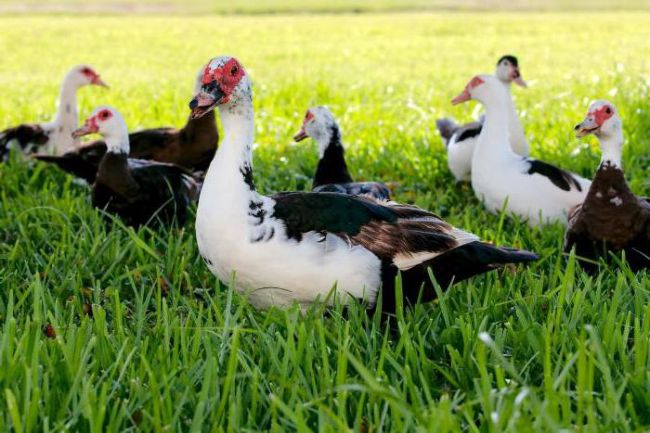
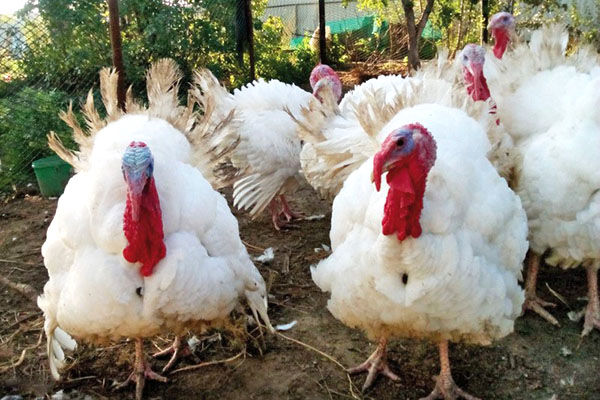
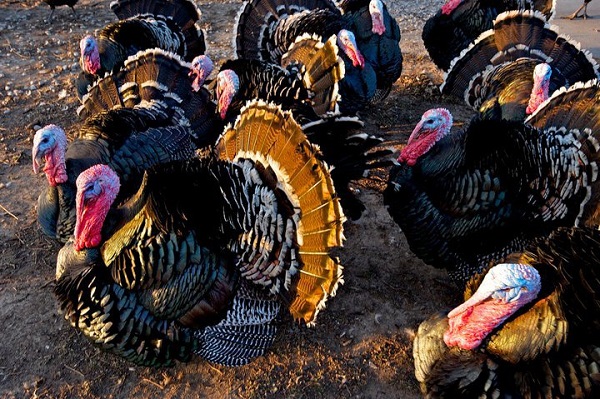
Tatyana
The article writes a temperature of 180 C. for the content. This is probably the baking temperature
. ? 😃😃😃😃😃😃